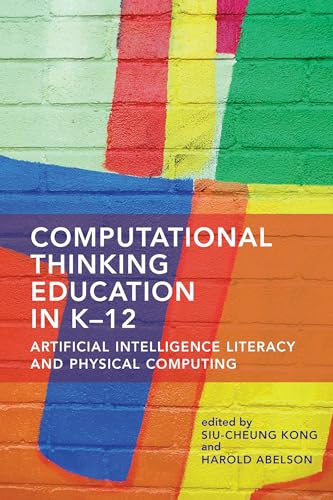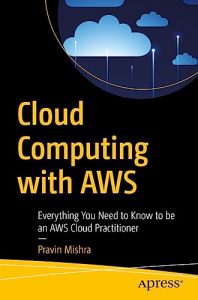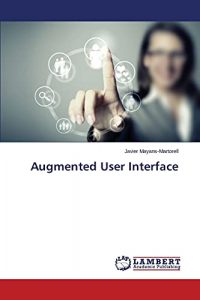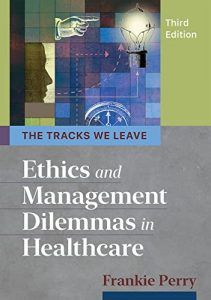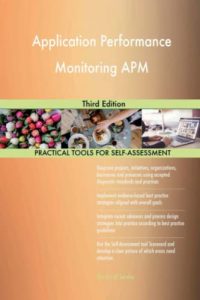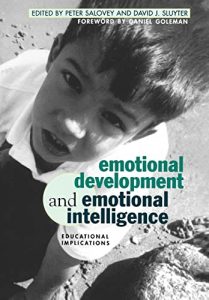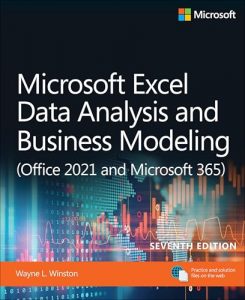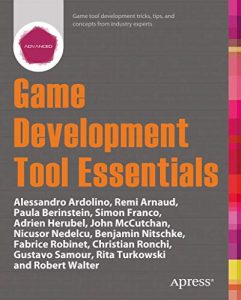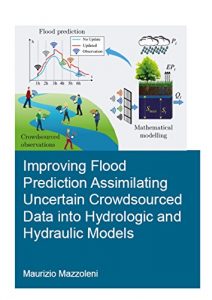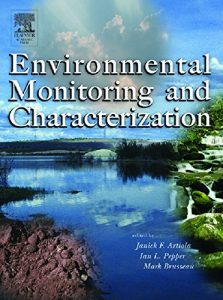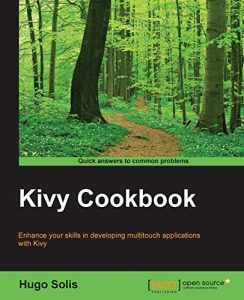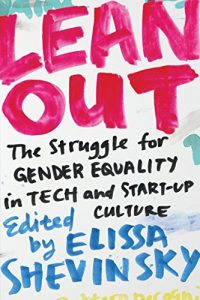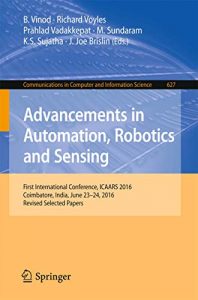Unlocking the Future: Must-Read Books on Computational Thinking
In today’s rapidly evolving digital world, computational thinking is more essential than ever. For educators and tech enthusiasts alike, staying knowledgeable about this crucial skill is vital. Here’s a selection of must-read books that delve deep into computational thinking, perfect for enhancing your understanding or teaching methodologies.
1. Computational Thinking Education in K-12: Artificial Intelligence Literacy and Physical Computing
Authored by Siu-Cheung Kong and Harold Abelson, this book is a beacon for educators aiming to integrate artificial intelligence into the K-12 curriculum. It emphasizes the importance of creating a literate generation that can navigate and utilize AI responsibly. With practical strategies for implementing physical computing in classrooms, this book provides both theoretical insights and hands-on activities. If you’re looking to equip students with essential AI skills while fostering an innovative learning environment, this book is a must-read.
2. Computational Logic and Human Thinking: How to Be Artificially Intelligent
Written by Robert Kowalski, this insightful work explores the intersection between computational logic and the human thought process. It argues that understanding logical reasoning can enhance our ability to develop artificial intelligence that mimics human-like thinking. With a blend of theory and application, Kowalski provides readers with an excellent foundation in understanding AI. Anyone interested in the philosophical and technical aspects of AI will find this book intellectually stimulating.
3. Teaching Computational Thinking: An Integrative Approach for Middle and High School Learning
This book, featuring contributions from Maureen D. Neumann, Lisa Dion, and Robert Snapp, is a comprehensive guide for educators. It offers strategies to integrate computational thinking in middle and high school curriculums effectively. The authors emphasize project-based learning, encouraging students to engage actively with complex problems. This is an invaluable resource for teachers who wish to inspire critical thinking and creativity through hands-on projects.
4. Computational Thinking: First Algorithms, Then Code
Written by Paolo Ferragina and Fabrizio Luccio, this book takes a unique approach by focusing on the algorithms that underpin coding. The authors argue that understanding algorithms is fundamental before diving into complex coding languages. This is an ideal read for both educators and students eager to understand the underlying principles that drive programming. It’s comprehensive yet accessible, making it a perfect introduction to computational thinking for beginners.
5. Computational Thinking On the Internet: Foundations, Web Design & Cybersecurity
In this book, Fred Hofstetter provides a thorough overview of computational thinking as it relates to the internet. Covering foundational concepts, web design, and cybersecurity, it prepares readers to critically analyze web technologies and protect themselves online. The accessible writing style makes it perfect for anyone interested in enhancing their web literacy and understanding the importance of cybersecurity in education.
6. How to Teach Computational Thinking
Stephen Wolfram offers a groundbreaking approach to teaching computational thinking in this engaging book. He discusses theoretical frameworks and practical techniques that make learning computational thinking enjoyable and accessible. Wolfram’s insights into how to introduce students to computational methodologies can help educators create dynamic classroom environments that stimulate curiosity and learning. Anyone involved in education, from teachers to curriculum developers, will find his perspectives enlightening.
7. No Fear Coding: Computational Thinking Across the K-5 Curriculum
Heidi Williams breaks down the barriers to integrating coding into K-5 education in this approachable book. With practical exercises and age-appropriate activities, Williams empowers teachers to introduce computational thinking without fear. Encouraging a fun and creative approach, this book is essential for educators aiming to inspire young learners and create a solid foundation in coding early on.
8. Rev Up Robotics: Real-World Computational Thinking in the K–8 Classroom
Jorge Valenzuela explores the importance of robotics as a tool for teaching computational thinking in this enlightening book. Combining theory with practical application, he offers educators innovative methods to incorporate robotics in the classroom. This book not only prepares students for future technology careers but also makes learning interactive and fun. A great addition for teachers wanting to bring real-world applications into their lessons.
9. Computational Design Thinking: Computation Design Thinking
Explored by Achim Menges and Sean Ahlquist, this book examines the intersection of computation and design. They present a framework that encourages readers to think creatively about design challenges using computational techniques. With an emphasis on practical applications, this book is ideal for designers and technologists interested in enhancing their skills in computational design. It’s a great resource that bridges the gap between theoretical design concepts and practical implementation.
10. Introduction to Computational Thinking: Problem Solving, Algorithms, Data Structures, and More
Thomas Mailund provides a robust introduction to computational thinking in this book that covers essential areas like problem-solving, algorithms, and data structures. This comprehensive resource is perfect for beginners and seasoned professionals alike, offering insights that can be applied across various fields. Understanding these concepts is crucial in today’s technology-driven world, making this book an invaluable investment.
As the world becomes increasingly dependent on technology, understanding computational thinking will prepare you for future challenges. Whether you’re an educator, student, or simply a tech enthusiast, these books serve as excellent resources to deepen your knowledge and pave the way for innovative thinking.

